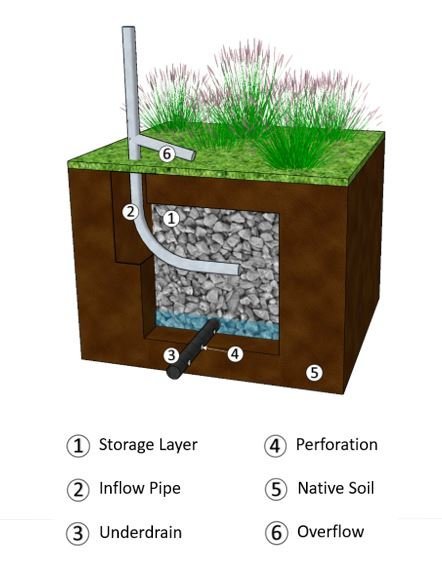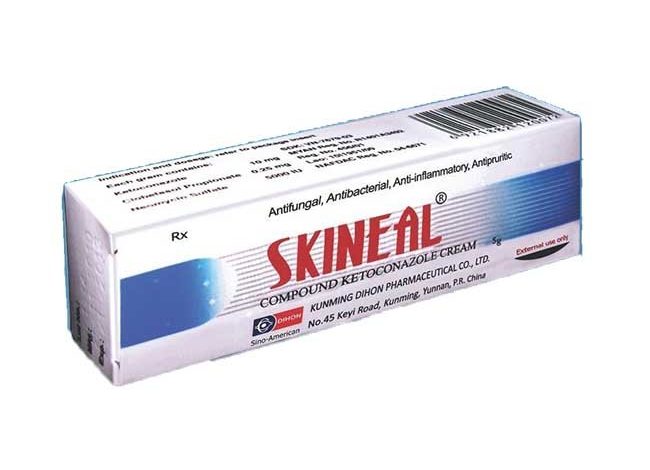
Efficient Soakaway Pit Design: Key Strategies & Tips
A soakaway pit is a simple yet effective solution for managing excess water on your property. By allowing water to percolate into the ground naturally, soakaway pits help prevent flooding and erosion. These pits are particularly useful in areas with poor drainage or high water tables. With proper design and maintenance, a soakaway pit can be a sustainable and eco-friendly way to manage stormwater. Let’s delve deeper into the benefits and considerations of using a soakaway pit for water management.
Exploring the Wonders of a Soakaway Pit
Welcome, young environmental enthusiasts, to a journey into the fascinating world of soakaway pits! Have you ever wondered how rainwater magically disappears into the ground after a heavy downpour? Well, the answer lies in the ingenious creation called a soakaway pit. In this blog post, we will delve deep into what soakaway pits are, how they work, and why they are essential for our environment.
What is a Soakaway Pit?
Imagine a secret underground pathway where rainwater goes to take a rest after dancing on your roof and driveways. That’s precisely what a soakaway pit is! A soakaway pit, also known as a soakaway drain or infiltration trench, is a clever underground structure designed to collect rainwater and allow it to slowly seep into the soil. It’s like a hidden sponge that slurps up excess rainwater, preventing floods and protecting the environment.
How Does a Soakaway Pit Work?
Now, let’s put on our detective hats and uncover the mystery of how a soakaway pit actually works. When rain falls from the sky, it lands on hard surfaces like roofs, roads, and pavements. Instead of letting this rainwater create puddles and flow into the streets, a soakaway pit comes to the rescue. The rainwater is directed into the pit through a series of pipes or channels.
Once inside the soakaway pit, the rainwater takes a slow journey underground. The pit is filled with special materials like gravel and sand that act as natural filters. These materials help to clean the rainwater by removing dirt and debris before it percolates deep into the soil. As the water seeps down, it replenishes the groundwater reservoir, which is like a big underground lake that provides water to plants, animals, and even us!
Why Are Soakaway Pits Important?
Now, you might be wondering, “Why should we care about these hidden soakaway pits?” Well, my young friends, soakaway pits play a crucial role in protecting our environment. By preventing floods and reducing water pollution, soakaway pits help to maintain the delicate balance of nature. They also help to recharge the groundwater supply, ensuring that we always have clean and fresh water to drink.
Imagine a world without soakaway pits. Every time it rained, the streets would turn into rivers, carrying trash and chemicals into our rivers and oceans. But thanks to these underground heroes, our planet stays cleaner and safer for all living things. Soakaway pits are like nature’s own superheroes, silently working to keep our world in harmony.
Building Your Own Soakaway Pit
Would you like to be an environmental superhero and help protect our planet? You can start by building your very own mini soakaway pit right in your backyard! All you need are some simple materials like a shovel, gravel, and a perforated pipe.
Choose a spot in your yard where rainwater tends to collect or where you want to prevent flooding. Dig a hole about two feet deep and wide enough to fit your pipe. Place the perforated pipe in the hole and surround it with gravel. Cover the pit with soil and let nature do the rest!
Now that you’ve learned all about the wonders of soakaway pits, you are well on your way to becoming an environmental expert. Remember, every drop of rainwater counts, and by understanding how soakaway pits work, you can make a positive impact on our planet. So, the next time it rains, think about the journey that rainwater takes through soakaway pits, silently nourishing the earth and keeping our world green and clean.
What Is A Soakaway Crate
Frequently Asked Questions
What is a soakaway pit and how does it work?
A soakaway pit, also known as a soak pit or infiltration trench, is a drainage system designed to manage excess rainwater or wastewater on a property. It works by collecting the water and allowing it to slowly seep into the surrounding soil, which helps reduce flooding and waterlogging.
Where should a soakaway pit be located on a property?
A soakaway pit should ideally be located away from buildings and property boundaries to prevent any structural damage. It should also be sited in an area with good drainage potential, such as permeable soil, to ensure efficient water infiltration.
How deep should a soakaway pit be dug?
The depth of a soakaway pit depends on the local soil conditions and the amount of water it needs to handle. Typically, a soakaway pit is dug to a depth of 1-2 meters to allow for proper water absorption into the ground.
Are there any maintenance requirements for a soakaway pit?
Regular maintenance of a soakaway pit is essential to ensure its proper functioning. This includes inspecting and clearing any blockages, ensuring the pit is free of debris, and checking for signs of soil clogging to prevent potential drainage issues.
Final Thoughts
In conclusion, a soakaway pit is a simple and effective solution for managing excess water on your property. By allowing the water to slowly infiltrate into the ground, soakaway pits help prevent flooding and erosion. Regular maintenance is crucial to ensure optimal function and longevity of the soakaway pit. Consider implementing a soakaway pit on your property to effectively manage stormwater runoff and protect the environment.



